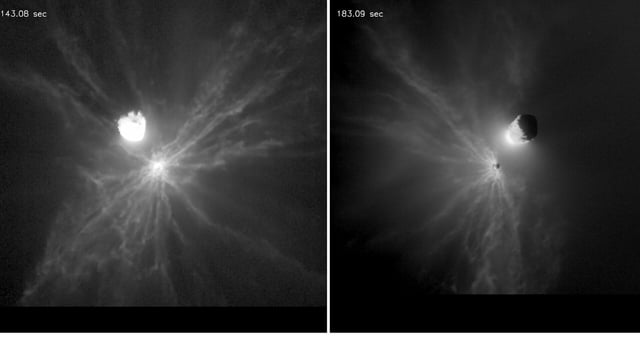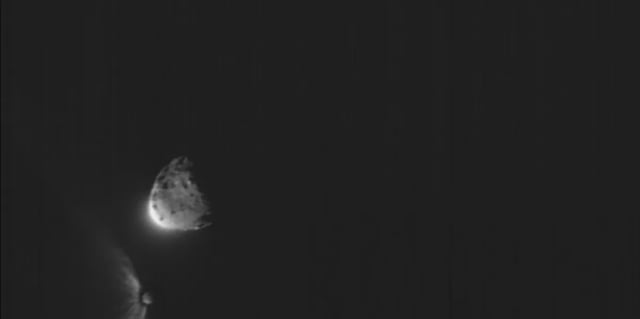Overview
- Researchers tracked 104 boulders ranging from 0.2 to 3.6 meters in radius using LICIACube images to map their three-dimensional trajectories.
- The team found that the meter-scale boulders carried more than three times the spacecraft’s momentum and were ejected primarily perpendicular to DART’s flight path.
- About 70% of the ejected rocks formed a southern cluster likely originating from the 3.3-meter-radius boulder Atabaque, indicating source-specific fragmentation.
- Lateral momentum from the clustered ejecta could induce erratic tumbling and tilt the asteroid’s orbital plane by up to one degree, revealing added complexity in deflection physics.
- Findings will directly inform the European Space Agency’s Hera mission, which is slated to arrive at the Didymos-Dimorphos system in 2026 to validate ejecta models.

